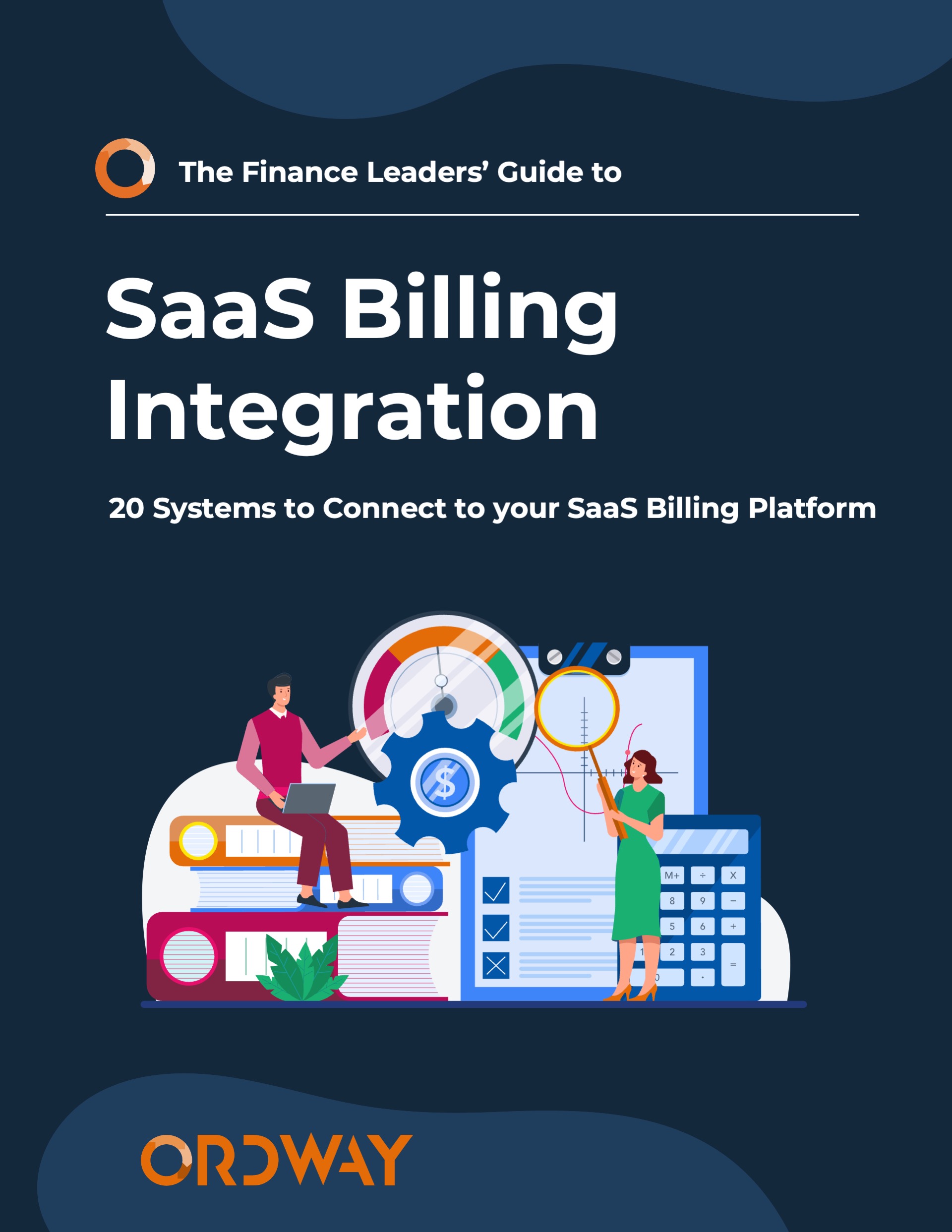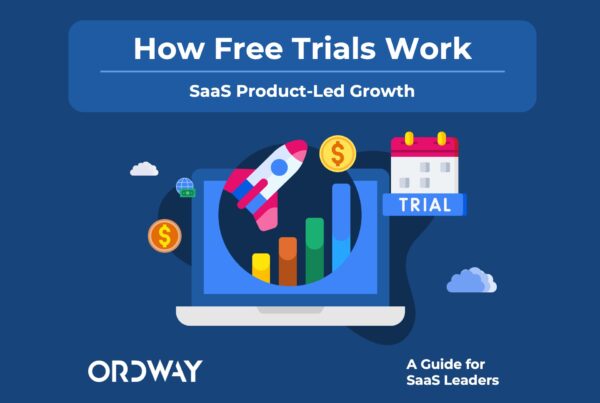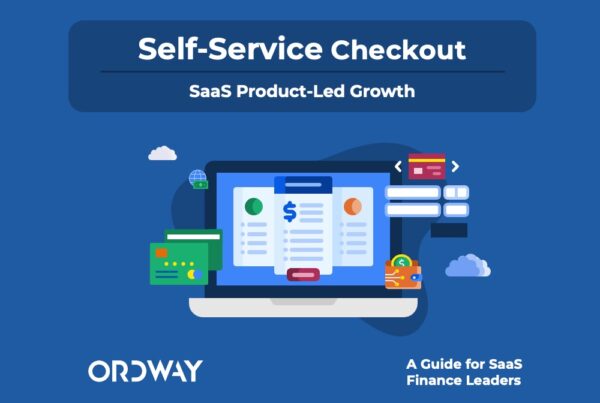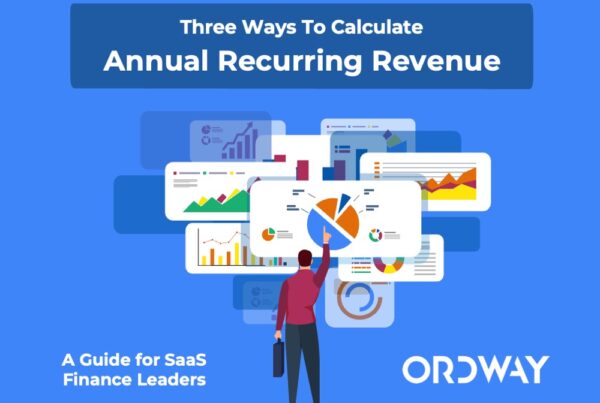20 Systems to Connect to your SaaS Billing Platform
CRM, CPQ, General Ledger, ERP and More
Modern SaaS billing platforms are a key part of the middle office, orchestrating workflows between the CRM and ERP. The value derived from the billing platform directly correlates with how interconnected it is with other systems. Most SaaS providers start by linking their billing to Sales Force Automation (CRM), Accounting General Ledger (ERP), a Payment Processing Gateway, and a Sales Tax Automation application. However, these are just a few of the potential connections.
- Upstream systems – CRM, CPQ, Professional Services Automation
- Parallel systems – Tax, Payment Gateways, and your SaaS product
- Downstream systems – GL, ERP, Financial Planning and BI

Download the eBook
SaaS Billing Integration
In this excerpt from the Finance Leader’s Guide to SaaS Billing Integration, we will discuss the 20 most popular applications that SaaS providers are integrating with their billing systems. We’ll start with those that provide inputs to the billing calculations (upstream systems), discuss the closely interrelated applications that assist with collections (parallel systems), and finish with those that depend upon outputs from the invoice-to-pay process (downstream systems).
Inputs collected from Upstream Systems
Upstream systems provide the billing application with the inputs needed to calculate the charges and generate the invoice. For each customer, these details include contract start and end dates, products and pricing and discounts and promotions, billing schedule and payment terms.
Customer, Product, and Pricing
Depending upon the go-to-market model, these inputs might be housed in a variety of different systems. In a traditional sales-led model, the customer, product, pricing, and payment data is collected by the sales team and inputted into a sales force automation module within the CRM. For more complex product and pricing configurations, the sales team might also use a CPQ is tightly integrated with the SFA.
In a product-led growth scenario, the customer might undertake a self-service experience. As the customer selects products, pricing tiers, and enters payment details the data is collected within the SaaS product’s subscription management features.
Usage Metering and Professional Services
Most SaaS products have a fixed monthly fee that is known at the onset of the contract. However, some SaaS offerings have variable fees that are known until the end of a billing cycle. Examples include usage-based pricing and professional services engagement. The billing system will need to collect the usage data from the product. Billable hours for consulting work may need to be collected from a professional services automation tool.
Synchronization with Parallel Systems
Are both source and targets of data, such as tax and payment gateways, having bidirectional integration to receive outputs from the billing system and then send inputs back.
Taxes and Currency
Once all the line item charges are computed for an invoice, there may be a need to apply sales taxes or currency conversions to arrive at the total amount owed by the customer. Due to the complexity of economic nexus laws in various states and local jurisdictions, most SaaS providers will rely on a specialized application to calculate the sales taxes. Similarly, foreign exchanges for various countries and dates are typically sourced from a specialized currency data provider.
Payments and Collections
Many SaaS providers have customers enroll in auto-pay programs that charge credit cards or debit bank accounts as fees are owed. The payment processing gateways that perform these automated collections need to be kept in sync with the billing system to ensure that both have an accurate, up-to-date record of the account balance. The same level of synchronization is required if there is a standalone accounts receivable application that is processing collections.
Your SaaS Product
Many SaaS applications also benefit from regular interaction with the billing system. For example, the customer should be able to obtain the latest balance and invoice within the account profile section of the product. With usage-based pricing arrangements, metered consumption data must be fed into the product as input for monthly billing (as described above). In some cases, the metered data is fed in real-time so that customers can be notified about spikes in usage or fees crossing budget thresholds.
Outputs published to Downstream Systems
As invoices are generated and payments are collected, there are a number of downstream systems that need outputs from then billing application. Outputs might include full copies of the invoices or just summary details such as the total amount billed, due dates, and current payment status.
Invoice Delivery
The invoice needs to be delivered to the customer via email, EDI, XML, or upload to a supplier portal. Sales, customer success, and help desk teams that interface with customers may need visibility into financial account data such as current balance, invoice due dates, and payment amounts.
Payment Triggered Workflows
Some SaaS providers limit access to product functionality until the initial invoice is paid. Collections might also be the trigger that initiates commission payments to the sales team or business partners may with revenue sharing arrangements.
Accounting and Financial Reporting
Outputs from the billing system are needed for accounting and reporting purposes by other financial systems. The general ledger will need journal entries at the end of each period. Finance teams may want historical collection details and future billing schedules to model, forecast, or analyze what if scenarios.
Financial Institutions
Some SaaS providers might be leveraging revenue financing platforms to obtain a line of credit based upon their recurring revenue. Others might be factoring invoices to accelerate cash flows. In both instances, outputs from the billing system to underwrite credit and/or collect receivables.



